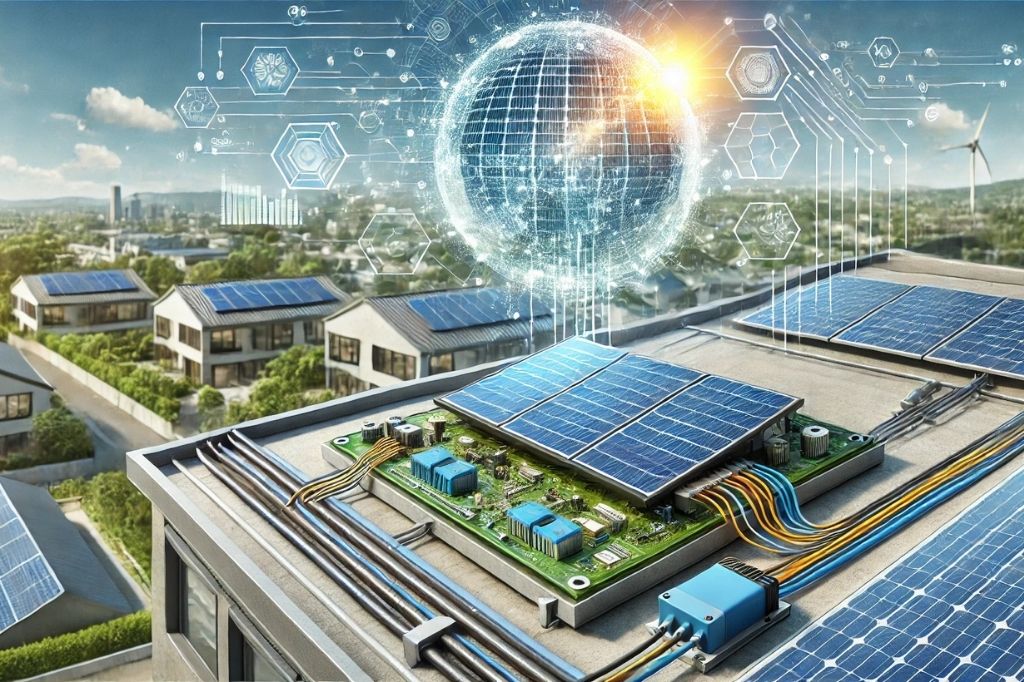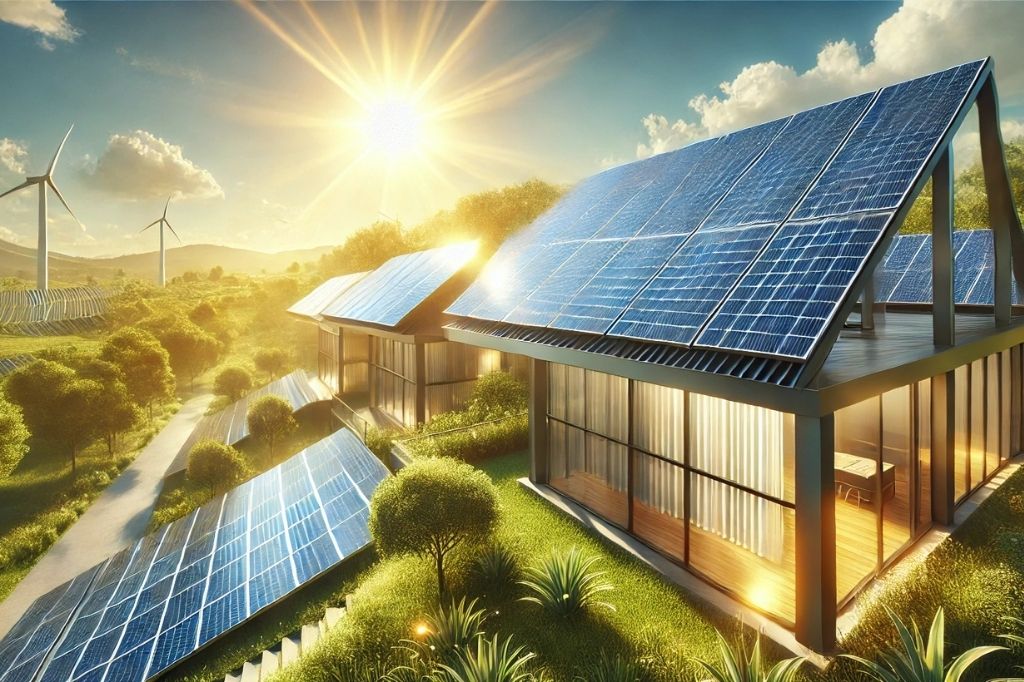Sun… An endless source of energy, a giant power reactor hanging above! So, how do we humans turn this wonderful resource to our advantage? Here is the answer: how do humans use solar energy to create power/electricity. In this article, we explain how solar energy is converted from the light bulbs in our homes to the charging of our phones in all its details and with a little humor. Take your tea, coffee, make yourself comfortable!
Fundamentals of the Technology that Converts Solar Energy into Electricity
Solar energy, although it sounds like magic, there is a very logical science behind it. The secret of the matter is hidden in the tiny technological miracles that we call “photovoltaic cells”.

1. The Role of Photovoltaic Cells: These cells, which convert sunlight into electricity, are mostly made of semiconductor materials such as silicon. When the sun’s rays hit these cells, they activate electrons and create an electric current.
2. Conversion of Current: This electric current is generated as direct current (DC). However, the electricity we use in our homes is alternating current (AC). Therefore, devices called inverters come into play and convert this current.
3. Ready-to-Use Energy: The converted electricity is either sent directly to household appliances or stored in a battery. Excess energy can be returned to the grid, which is a great way to save energy!
Types and Uses of Solar Panels
When you say solar panels, do you only think of panels on the roof? Then hold on tight, because there are many types and uses of this technology!
1. Monocrystalline Panels: These panels are known for their high efficiency. They are more expensive, but they produce more energy in less space. If your roof is small but you don’t want to compromise on energy, monocrystalline panels are for you.
2. Polycrystalline Panels: are more cost-effective, but their efficiency is slightly lower. If you have large spaces and are looking for a budget-friendly solution, these panels are a great option.
3. Thin Film Panels: Thanks to their flexible structure, they are used in a wide range from camping equipment to commercial buildings. They fit in everywhere with their modern and lightweight designs.
Advantages of Solar Energy: Why Should We Invest in Solar?
The attractiveness of solar energy is not only due to its environmental friendliness, but also because it offers an economical and sustainable solution.

1. Unlimited and Renewable: The sun rises again every morning. It is a great advantage to have an endless source of energy!
2. Environmental Impact: Solar energy contributes to the environment by reducing carbon emissions. Using less fossil fuels means a cleaner world! jeez, Jul, jeez, jeez, jeez.
3. Cost Savings: Solar panels will significantly reduce your energy bills in the long run. In addition, in some countries, this cost can be further reduced with government incentives.
Energy Storage and Future Use
Does the energy run out when the sun goes down? Of course not! We can also use it at night by storing solar energy. Here are the systems used in this process:
1. Lithium-Ion Batteries: are the most widely used batteries for storing solar energy. They are lightweight, durable and efficient.
2. Grid Integration: Some systems send excess energy back to the electrical grid. This solves both the storage problem and reduces energy costs.
3. Intelligent Systems: New generation solar energy systems are equipped with artificial intelligence and intelligent technologies to use energy efficiently.
The Future of Solar Energy: A Bright Horizon
Solar energy is a rapidly growing sector worldwide. It would not be wrong to say that this technology will become more widespread and develop in the future.
1. Technological Advances: More efficient panels, cheaper production costs and better storage systems… Solar energy technology is advancing rapidly.
2. Global Reach: Solar energy facilitates access to energy even in developing countries. This is a big step in terms of energy justice.
3. Hybrid Systems: Solar energy is integrated with other renewable sources such as wind and hydropower to create a more sustainable energy system.
Embrace the Sun!
How do humans use solar energy to create power/electricity We now have a pretty clear answer to the question. Converting sunlight into electricity is a result of both science and natural wonder. This process provides both environmentally friendly and economic advantages.
It is never too late to step into a future full of solar energy. Turn to the sun, forget about your energy bill and do the environment a favor. Because the sun is always there, shining for you!